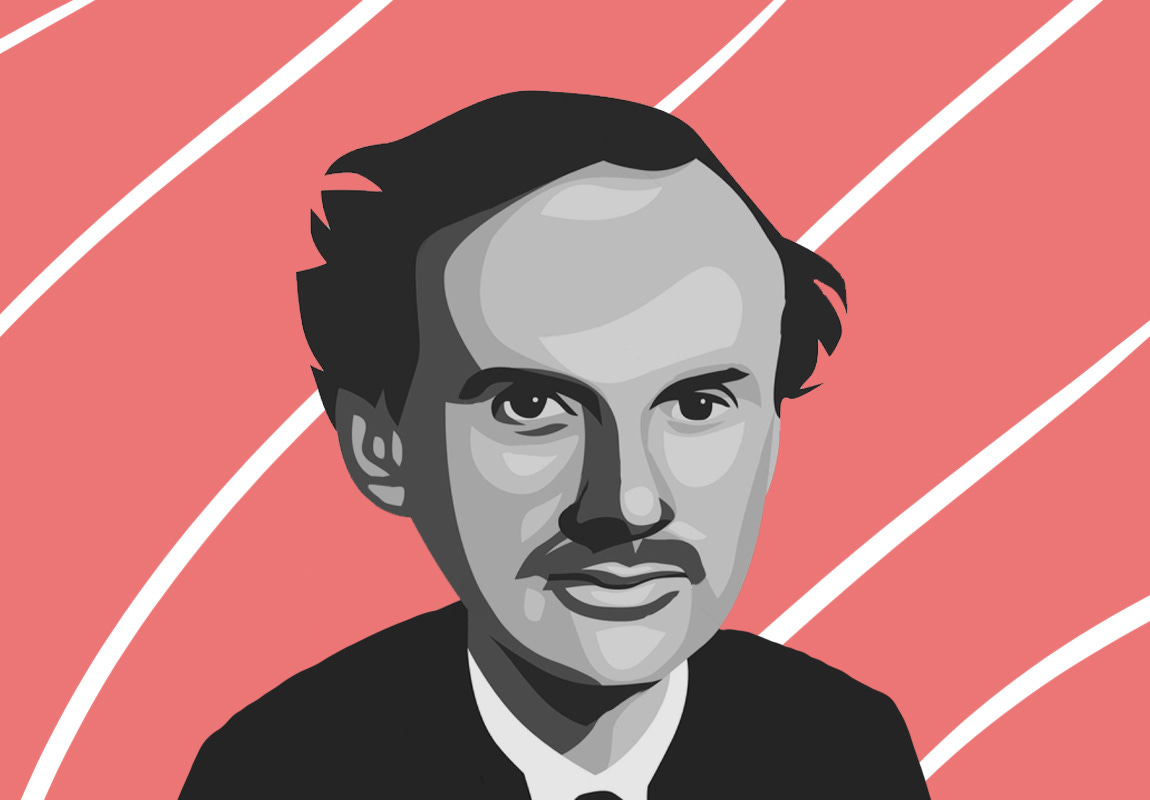Paul Dirac: One of the Founders of Quantum Mechanics and Quantum Electrodynamics
Paul Adrien Maurice Dirac was born on August 8, 1902, in Bristol, England, to Charles Adrien Ladislas Dirac and Florence Hannah Holten. His father, Charles Dirac, was an immigrant from Saint-Maurice in Switzerland's Canton of Valais who worked as a French teacher. His mother was born in Cornwall and was the daughter of a mariner. Paul had a younger sister, Béatrice, and an older brother, Félix.
Dirac attended Bristol's Merchant Venturer's Secondary School before attending Bristol University. He studied electrical engineering at this university, earning a B.Sc. (Engineering) degree in 1921. He subsequently studied mathematics at Bristol University for two years before moving on to St. John's College, Cambridge, as a research student in mathematics.
In 1926, he obtained his PhD. The following year, he was elected a Fellow of St. John's College, and in 1932, he was appointed Lucasian Professor of Mathematics at Cambridge.
In 1928, he suggested the Dirac equation as a relativistic equation of motion for the electron's wave function, expanding on Wolfgang Pauli's work on non-relativistic spin systems. This research led Dirac to predict the presence of the positron, the electron's antiparticle, which he explained in terms of the Dirac sea. Carl Anderson later discovered the positron in 1932. Dirac's equation also helped to understand how quantum spin emerged as a relativistic phenomenon.
Dirac's research was focused on the mathematical and theoretical aspects of quantum mechanics. He began working on the new quantum mechanics as soon as Heisenberg introduced it in 1925, independently producing a mathematical equivalent consisting essentially of a noncommutative algebra for calculating atomic properties, and wrote a series of papers on the subject, most of which were published in the Proceedings of the Royal Society, leading up to his relativistic theory of the electron (1928) and the theory of holes (1930).
Dirac's work is most notable for his renowned wave equation, which brought special relativity into Schrödinger's equation. Since relativity and quantum theories are mathematically separate and oppose each other, Dirac's work was regarded as a fruitful reconciliation of the two theories.
Dirac's works include the Quantum Theory of the Electron and The Principles of Quantum Mechanics. In 1930, he was elected a Fellow of the Royal Society and received the Society's Royal Medal and the Copley Medal. Dirac shared the 1933 Nobel Prize for physics with Erwin Schrödinger "for the discovery of new productive forms of atomic theory." In 1961, he was elected to the Pontifical Academy of Sciences. Dirac has travelled extensively and studied at universities worldwide, including Copenhagen, Leyden, Göttingen, Wisconsin, Michigan, and Princeton (in 1934, as Visiting Professor). After spending five months in America, he journeyed around the world in 1929, visiting Japan with Heisenberg and then returning to Siberia.
Dirac died in 1984 in Tallahassee, Florida. He is largely considered one of history's finest scientists. He was a pioneer in quantum mechanics and quantum electrodynamics. Many physicists regard Dirac as the greatest of the twentieth century.


